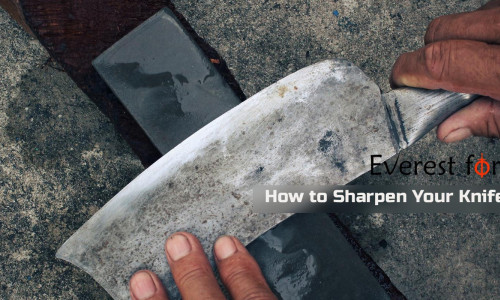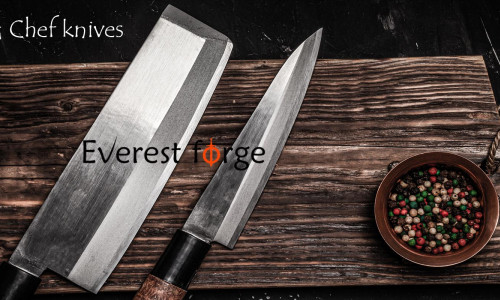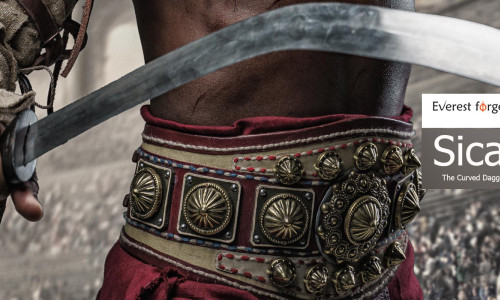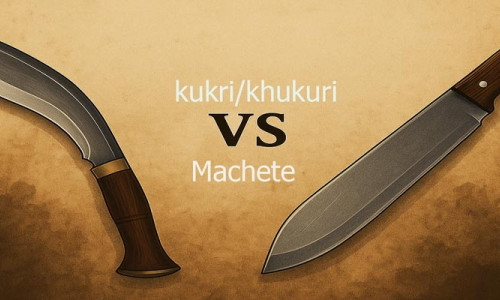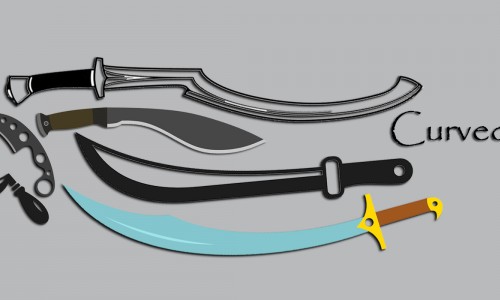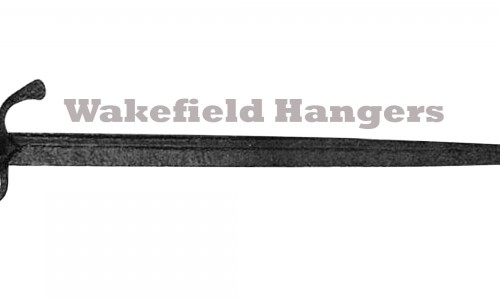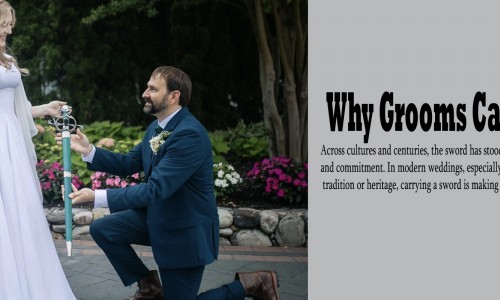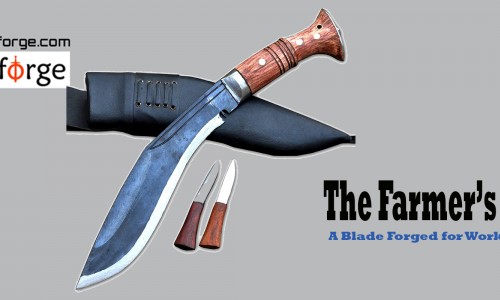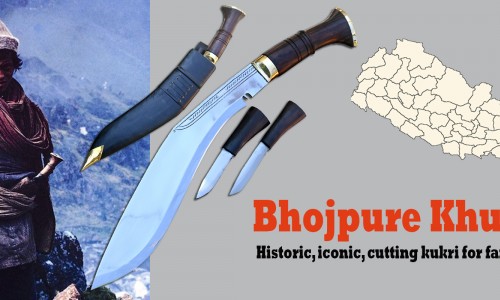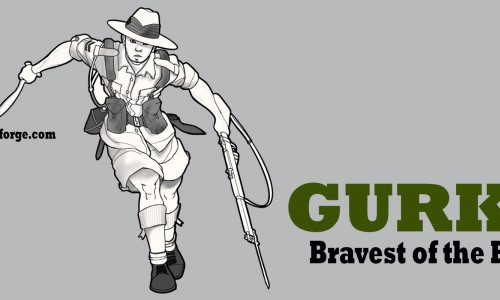0
668
How to Use a Sharpening Stone to Keep Your Knife Razor Sharp
A great knife deserves a great edge. Whether you're carrying a hand-forged kukri into the wild or using a cleaver in your kitchen, sharpness is everything. At Everest Forge, we believe sharpening your blade is part of respecting it. In this guide, we’ll walk you through the traditional way of using a sharpening stone—a method trusted for generations to keep knives ready for real work.
Why Choose a Sharpening Stone?
A sharpening st..
0
678
The Art of Hand-Forged Chef Knives: Timeless Tools for the Modern Kitchen
In a world of mass production, hand-forged chef knives stand apart. Crafted by skilled artisans using fire, steel, and tradition, these blades offer more than sharpness — they bring soul to your kitchen. Whether you're a professional chef or a passionate home cook, a handmade chef knife becomes an extension of your hand and a reflection of your respect for quality.
What Is a Hand-Forged Chef Knife?
A hand-forg..
0
977
Sica Sword & Dagger: The Ultimate Symbol of Rebellion and Resilience
The sica sword—also known as the sica dagger—is one of the most distinctive weapons of the ancient world. With its deeply curved blade, this short sword emerged around the 4th century BCE in the Balkan regions, where it was widely used by the Illyrians, Thracians, and Dacians. More than a weapon, the sica became a powerful symbol of rebellion, resistance, and identity in both tribal and Roman worlds.
Origins of the Sic..
0
1125
What Makes a Kukri Different from a Machete? A Deep Dive Comparison
The kukri (or khukuri) and the machete are two of the most iconic blades used for survival, bushcraft, and chopping tasks. Though they often look similar at first glance, these blades differ greatly in design, origin, function, and cultural value. In this in-depth comparison, we explore exactly what makes a kukri different from a machete—and which one may be the better tool for your needs.
1. Origins: Where They Come From
T..
0
2141
Curved Blades Explained: Khukuri, Kukri, Talwar, Scimitar & Khopesh
Curved blades have carved their place in history with unmatched grace and utility. From the Nepalese Khukuri (Kukri) to the Arabian scimitar and the Indian talwar, these weapons have not only influenced battlefields but also shaped cultures. But what makes curved blades so effective, and are there any downsides?
Let’s explore the advantages, disadvantages, science, and cultural heritage of curved blades—especially the iconic K..
0
2054
Wakefield Hangers: Medieval British Swords
The Wakefield Hanger is a little-known but significant type of single-edged sword used in the British Isles between the 15th and early 16th centuries. This blog explores its unique features, origins, and connection to European sword traditions.
Wakefield Hanger sword with complex guard and short grip.
The Wakefield Hanger represents a fascinating and regionally distinct chapter in medieval British arms. Though not as well-known as t..
0
1967
Why Grooms Carry Swords: The Timeless Tradition of Wedding BladesBy Everest ForgeIn the modern age of sleek suits and designer weddings, one ancient tradition still captures the imagination of many grooms: carrying a sword on their wedding day. This practice, seen across cultures and generations, is more than just decorative. It speaks to identity, symbolism, heritage, and personal meaning.At Everest Forge, we have noticed a growing interest in ceremonial swords among our customers, especially f..
0
1982
The Farmer’s Khukuri – Raw, Rugged, and Ready for Real WorkIn the remote hills and fields of Nepal, where tools must perform without fail, the Farmer Khukuri—also known as the Black Farmer or Village Khukuri—emerges as a true workhorse. Unlike ornate or ceremonial blades, this khukuri is a raw, utilitarian tool forged for daily survival, farm labor, and hard use. It is not polished for display but finished for function.Built for Purpose: A True Working BladeThe Farmer Khukuri belongs to the work..
0
2024
Bhojpure Kukri/Khukuri: A Powerful Blade Forged in the Hills of Bhojpur
The Bhojpure Kukri, also spelled as Khukuri, stands as one of Nepal’s most iconic and functional traditional blades. Originating from Bhojpur District in Eastern Nepal, this kukri khukuri is widely recognized for its heavy weight, deep curve, and unmatched durability. It is a tool of both heritage and utility, valued for everyday tasks, ceremonial use, and as a collector’s item.
Bhojpur District – The Birthplace of Bhojpure ..
0
1959
Who Are the Gurkhas? Here's What You Need to Know About the 'Bravest of the Brave'For more than two centuries, the Gurkhas have been revered around the world as fearless warriors, loyal soldiers, and proud sons of the Himalayas. Hailing primarily from Nepal, these men have served in the British Army, Indian Army, and UN peacekeeping missions with unmatched bravery and honor.But to understand the Gurkhas is to understand more than just military valor—it's to delve into a culture built on courage,..

